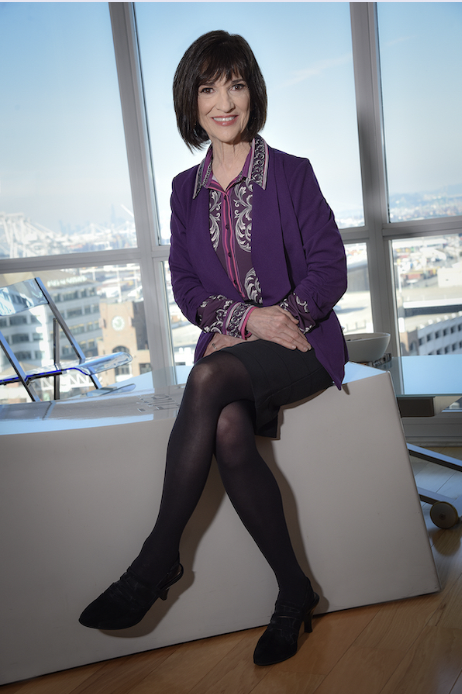
We need an emergency response discipline for business leaders.
When a fire ignites, we’ve been taught how to react: Rescue, Alert, Confine, Extinguish. It’s been ingrained for years that we have 90 seconds to race into action.
Today’s business environment presents alarm-worthy incidents ranging from a black swan banking crisis to public safety alerts to high stakes customer concerns that demand instant attention. We don’t have the luxury of time. Unfortunately, most of us haven’t learned how to be great leaders when we’re in red alert mode.
How do we rally our business teams to pounce when emergency strikes?
What are the must-do’s to address the impact of a big, unforeseen event?
Post this on your door: Alert. Assess. Align. Accelerate.
Here’s how to do speed well.
1. Alert. No solo heroics will do.
-
-
- Notify your core team right away—your Circle of Trust. Assign people to gather facts, sketch initial risks, write up one-page scenarios, monitor fast-breaking news. Put everyone on notice that you’re shifting into Speed Matters mode.
- Avoid the echo chamber. Great leaders always have a group of people whose job it is to poke at assumptions, uncover blindspots, and bring forward a different perspective. I call them the Circle of Challenge.
-
2. Assess. Deploy a process for rapid evaluation.
The best emergency sessions bring a discipline that prevents knee-jerk reactions.
-
-
- Book of Facts: everyone in the Circle of Trust and the Circle of Challenge presents a crisp situation analysis. Make sure there’s clarity and check to see if everyone is on the same page.
- Burning Questions: collect concerns, unknowns and topics worthy of deeper consideration.
- List the risks and assign people to track them and report important shifts quickly.
-
3. Align. Don’t leave the room without clarity on who’s doing what by when.
Build check-ins into the reporting.
-
-
- Hold a session to get everyone onto the same page.
- Review facts and risks.
- Target leaders for the top priorities. Empower people to do the right thing.
-
4. Accelerate. Shift into sprint mode.
Shorten approval cycles. Huddle twice a day.
-
-
- Set up monitors to track news on the aspects of the emergency that matter most.
- Create alarm mechanisms.
- Centralize communications.
-
Knee-jerk responses are irresponsible. But when a crisis hits, over-thinking can be fatal. We’ve witnessed how the banking crisis exposed response weaknesses and leadership blindspots (Silicon Valley Bank, Credit Suisse). Preparation for speed drills is crucial.
Emergency Response is the Secret Superpower for Business Leaders.
I’m inspired by leaders who keep a Circle of Trust and a Circle of Challenge nearby to rally into action fast when speed is the only option. Who’s in your circles?

GET TO NEXT | MasterClass Series
The Get To Next MasterClass Series is a sequence of videos presenting the Get To Next model in detail. Watch to find out how this systematic approach will make your life as an innovator easier, more successful, more purposeful, and more rewarding and how the modules work together to drive your innovation process from inception to implementation.

GET TO NEXT | Fundamentals
In the Get To Next Fundamentals course we teach you a system and a process to identify a promising idea and “take it to the bank” in five simple steps – quickly. Are you finding it challenging to run innovation at scale in these times of exponential change in a timely fashion? Are you calling many good ideas dead on arrival? Are projects being stymied in areas outside of your influence or control?

Andrea Kates is a San Francisco-based expert at moving innovation to revenue. She focuses on uncovering untapped opportunities and galvanizing strategic vision.
For 20 years she’s led bold initiatives in virtually every sector and every geography that help companies figure out where to place their bets on emerging products, services and technologies and to scale dynamic business models.
Today, Andrea works with leaders to discover their best future with a tangible, practical set of steps called: ➡ GET TO NEXT






